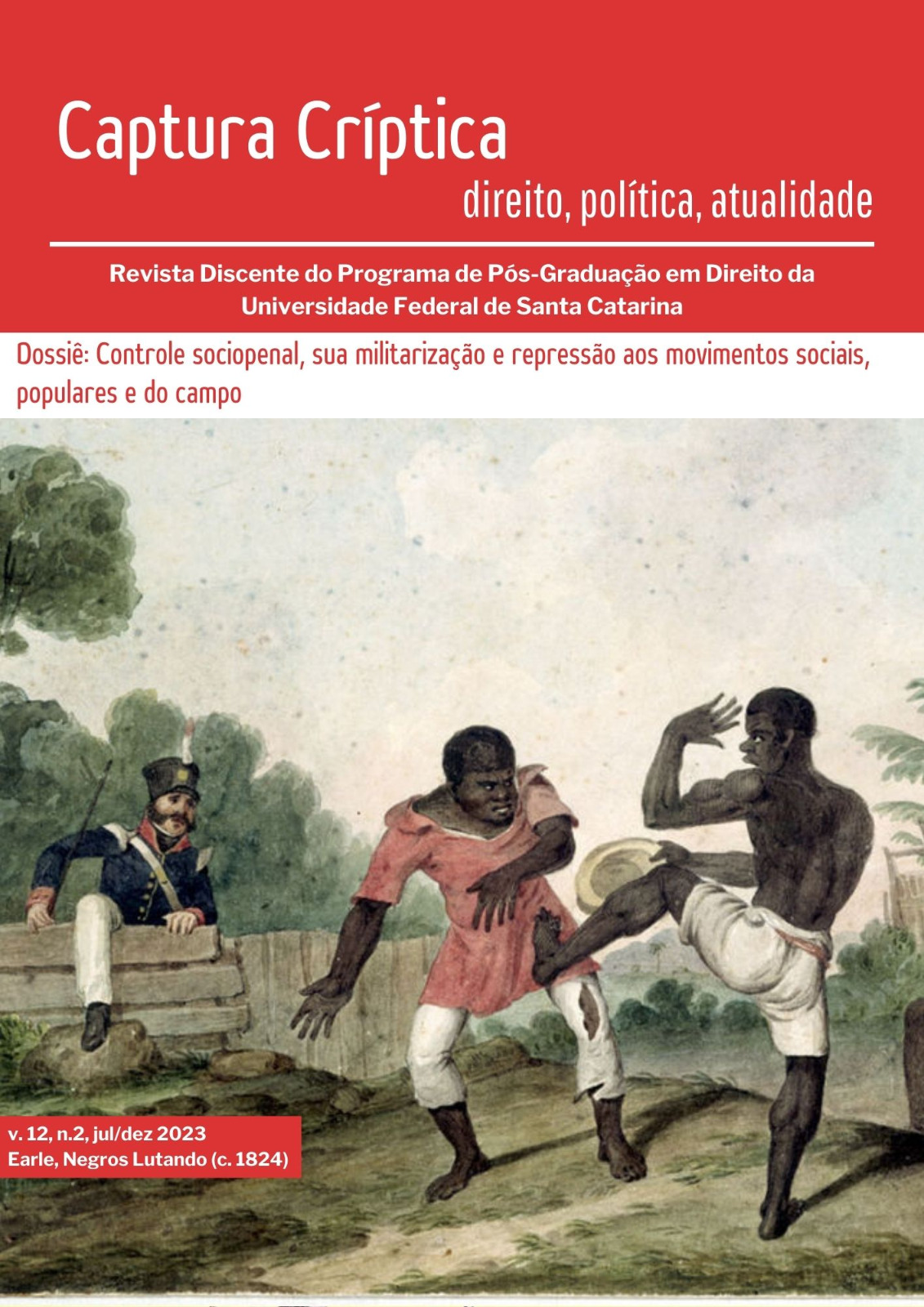The “bribes” case: an Ecuadorian example of “lawfare”
Keywords:
Lawfare, Equator, CorreaAbstract
In the case under analysis, we observe characteristics that are common to almost all cases of "lawfare" that in one way or another result from a manipulation in the selection of judges, here "interim". As for the trial, the injury is highlighted at the beginning of congruence and the use against the sound criticism of the testimony of a "repentant", which the defense could not question. The arbitrary use of doctrinal concepts to avoid analyzing the evidence with respect to each of the participants is also very evident, and the argument with which it is intended to assign the main defendant the character of organizer is particularly singular.References
ASAMBLEA GENERAL DE LAS NACIONES UNIDAS. Pacto Internacional de Derechos Civiles y Políticos. 1992.
CORTE INTERAMERICANA DE DERECHOS HUMANOS. Caso Herrera Ulloa Vs. Costa Rica, Sentencia del 2 de julio de 2004.
ECUADOR. Código Orgánico Integral Penal. 2014.
ECUADOR. Sentencia nº. 17721-2019-00029G. 2020.
FRISTER, Helmut. Derecho Penal. Parte General. Buenos Aires, 2011a.
FRISTER, Helmut. Strafrecht, Allgemeiner Teil. München, 2011b.
JAKOBS, Günther. Strafrecht, Allgemeiner Teil. Berlin, 1983.
JAKOBS, Günther. Strafrecht, Allgemeiner Teil. München, 2011.
ORGANIZACIÓN DE LOS ESTADOS AMERICANOS. Carta Democrática Interamericana. 2001.
ORGANIZACIÓN DE LOS ESTADOS AMERICANOS. Convención Americana sobre Derechos Humanos (Pacto de San José). 1969.
ROXIN, Claus. Tätershaft und Tatherschaft. Hamburgo, 1967.
ROXIN, Claus. Strafrecht, Allgemeiner Teil, Band I. München, 1997.
ZAFFARONI, Eugenio Raúl. Tratado de Derecho Penal. Parte General. Buenos Aires: 1982. t. IV.
ZAMBRANO PASQUEL, Alfonso. El caso sobornos. Ocaso del garantismo penal. Murillo Editores, 2021.
Downloads
Published
How to Cite
Issue
Section
License
Copyright (c) 2023 Eugenio Raúl Zaffaroni

This work is licensed under a Creative Commons Attribution-NonCommercial-NoDerivatives 4.0 International License.
Submissions published in the Captura Críptica Journal are under the Creative Commons Attribution-noncommercial-NoDerivatives 4.0 International License.










